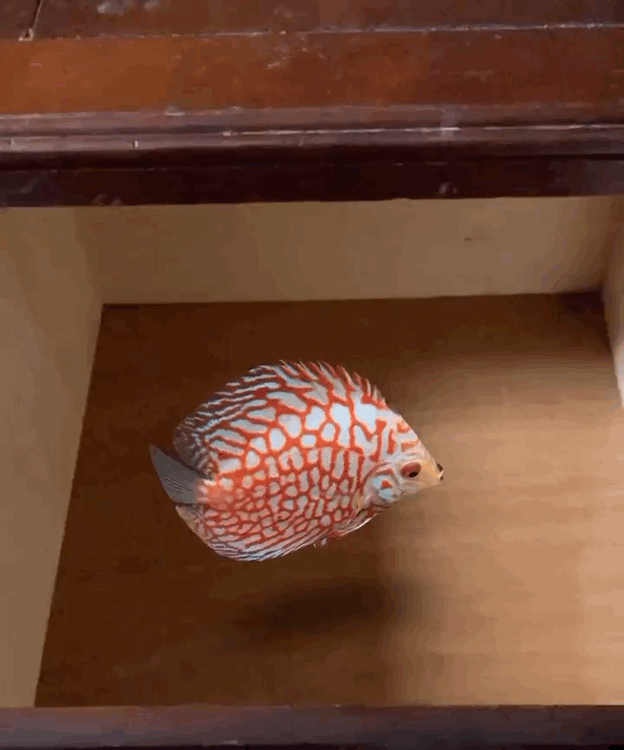Case Study: Embodied Narrative at Ikea
On the eve of the first day of spring semester, I journeyed solo out to Red Hook to experience an immersive pod-play titled “Assemble”. I was instructed to bring headphones and arrive having downloaded a companion app to a fully charged phone, and check-in at a bar across the street from Ikea, where in the back room past a sign “Jane’s Birthday Party”, my experience would begin. After cautioning me to be discrete (since Ikea does not know this is happening), the two hosts activated my app and sent me on my way.
At once, my earbuds replaced my ears, subordinating my reality and my thoughts to inhabit the thoughts and experience of a woman named Jane on the eve of her 40th birthday—or rather, perhaps Jane inhabited me. Under the spell of narration from within her innermost consciousness, I was Jane’s vessel, and she(we?) negotiate time and space throughout the massive furniture store and are guided into the many fully-furnished model apartments. At the threshold of each, a portal through which Jane simulates the possibility of how her life might be spelled in furniture and space, as she contemplates her future and reflects on her past. Tumbling between these speculative fates and painful memories illuminated by the sound design, the edge of age 40 is a threshold itself, and this metaphor of liminality resonates through the whole piece, mediating the self though Jane via sound unto space into non-linear storytelling suspended from the passage of time.***
I’m finding that embodied narrative storytelling can be a most powerful technique in teaching empathy, and that this mode of augmentation requires nothing technologically advanced. “Assemble” demonstrates this meaningfully, and twinkles with the influence of artist Janet Cardiff-Miller. The site-specific nature of this piece was enhanced by the setting itself, effectively a warehouse of carefully constructed simulations and endless tangible/sensorial delights.
I am eager to explore writing and designing more site-specific embodied narrative immersive experiences integrating newly available methods of augmentation, but I would argue for decentralizing this kind of production from any specific place, in favor of creating shorter modular experiences that can performed at home, or according to wherever you happen to be. From the narrative design perspective, an embodied story must anchor to something ordinary that anyone might be likely to have in their proximity, say a window or refrigerator or shower, and then all map to the affordances of the user’s physical environment. I have witnessed in the design of some mixed-reality pieces a spatial calibration, whereby you walk about your rooms and the application can fit comfortably around you, temporarily transporting you to another dimension without leaving home. I believe that this approach has enormous potential as an instrument of empathy, and as from all good art, a now changed player will emerge not quite as they entered.
***The language of mixed reality will need to adopt a new grammar of prepositions, as they follow complex webs of extension and interaction that should be parsed with more nuance for greater clarity and to magnify effect.
https://www.projectassemble.org/
https://noproscenium.com/guerilla-audio-experience-lets-you-assemble-your-american-dream-review-7822a8e71ab5



